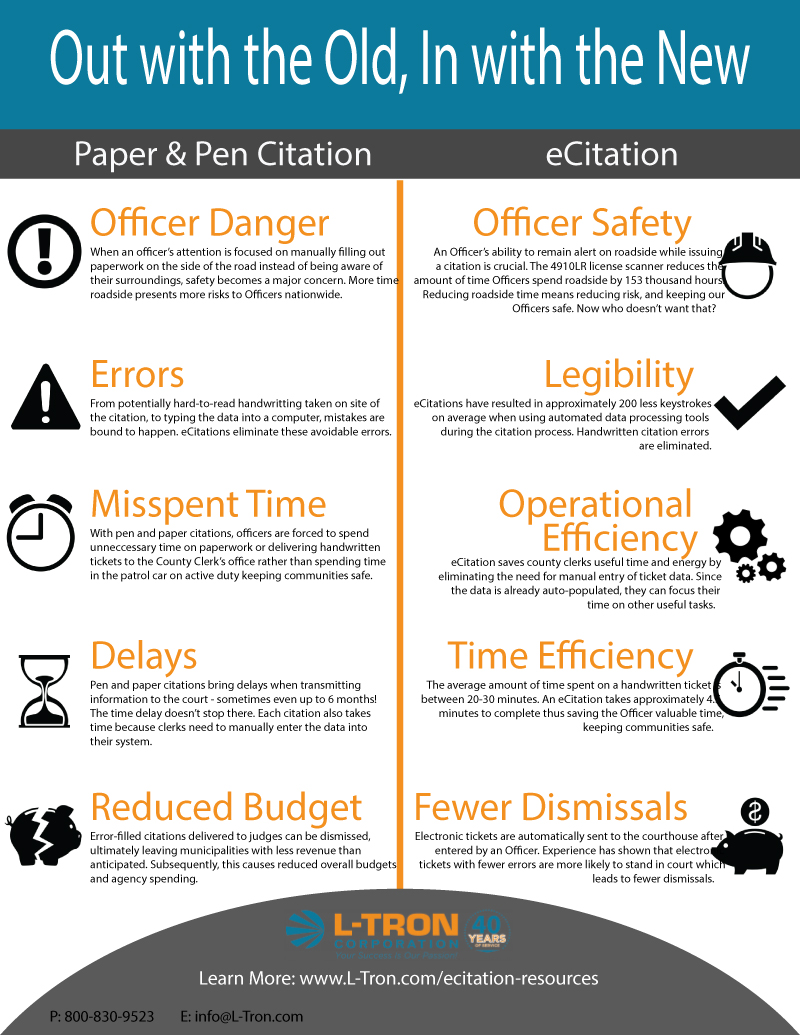(a 3 minute read…)
If you’re working in the Law Enforcement industry, you’re familiar with responding to car accidents and speeding tickets. You’re also familiar with your local police departments, policies, and equipment. Over time, as society has modernized, so too have Police Departments.
Taking it Back
In 1833, the first modern-day police department was established in Philadelphia which implemented a 24-hour police force requiring increased Officer attention and conventionalizing Law Enforcement standards. However, Law Enforcement technology still had a long way to go on many fronts; one of which was the lack of motor vehicles on the road.
The introduction and growing popularity of owning a motor vehicle brought immediate challenges to police departments nationwide. From the first recorded automobile accident in 1981 to the first traffic fatality 5 years later in 1986, Officers quickly realized that they needed to devise a method of regulation in order to keep people safe. Paper ticketing was first introduced in 1904 when issued to Harry Myers for speeding at the whopping rate of 12 MPH and has been the regulation technique ever since.
A Growing Impact
Fast forward 100+ years, and we can see the large impact that not only motor vehicles, but paper citations have made in the Law Enforcement space. There are over 5.5 million traffic crashes every year. Each collision may require a handwritten citation and a report from a Police Officer. That’s a lot of paper! Additionally, there are over 41 million speeding tickets issued annually – each one, paper issued.
With continuous advancements in technology, every bit of information exchanged usually has an electronic trail and is therefore, trackable. You can look back at an email from a year prior, you can look up old text messages, you can view your heating bill from 6 months ago, etc. Why wouldn’t that be the case for Officer-issued citations? In reality, many departments are still utilizing handwritten citations as their primary means of ticketing and are not leveraging time saving solutions available today.
The following infographic shows the current citation process vs the time saving, eCitation process.
An eCitation Introduction:
Modernizing The Citation Process
Paper citations are being replaced with eCitations. Simply put, this is an automated citation transfer process that allows Police Officers to streamline their ticketing process. Here’s how:
- Use the 4910LR DL Reader to scan the PDF 417 barcode on a driver’s license.
- Auto-populate an individual’s citation information.
- Print the eCitation for the driver on the spot.
- Send a digital copy of the citation directly to the courthouse.
E-Citation technology ensures a Police Officer’s ability to create a fast, safe, and efficient Law Enforcement system that in turn protects and enhances the lives of the American future for years to come.
To read more about eCitation, click here. Contact us with any questions you may have.
Call 800-830-9523
Email info@L-Tron.com
